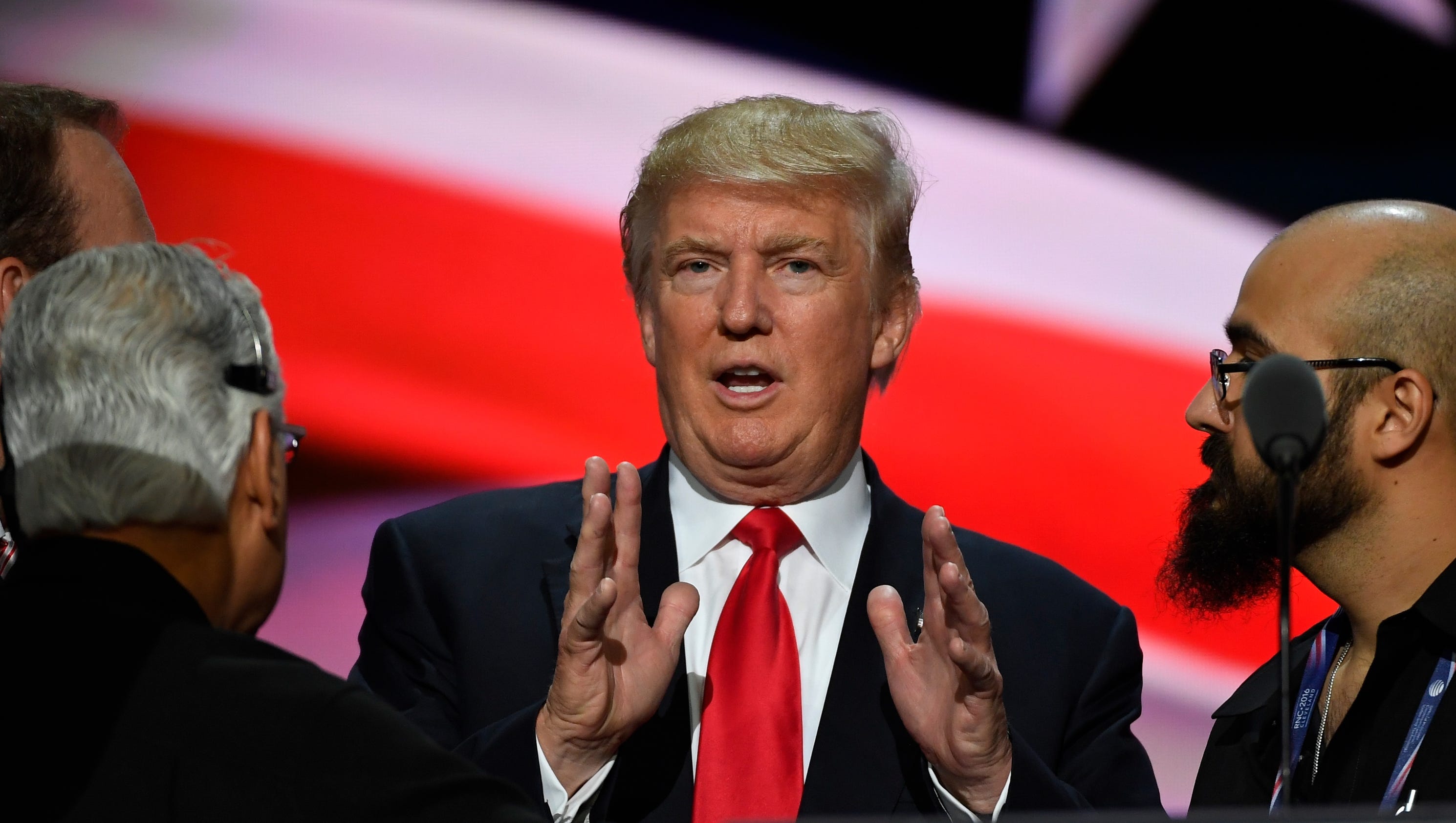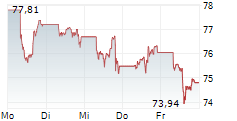Republican Unity Under Pressure: Trump's Role

Table of Contents
The Trump Wing and Intra-Party Conflict
The emergence of a distinct "Trump wing" within the Republican party has fueled significant intra-party conflict. This faction, characterized by its fervent loyalty to Donald Trump and its embrace of his populist rhetoric, clashes frequently with more traditional Republican factions. These ideological divisions are causing significant pressure on Republican unity.
-
Policy Disagreements: Conflicts arise over issues like trade policy (protectionism vs. free trade), immigration (border security vs. comprehensive reform), and foreign policy (isolationism vs. interventionism). These disagreements often pit Trump supporters against establishment Republicans.
-
Key Figures: Prominent figures like Senator Josh Hawley and Representative Marjorie Taylor Greene represent the Trump wing, while figures like Mitt Romney and Liz Cheney embody the more traditional, establishment Republicans. The ongoing tension between these factions significantly impacts Republican unity.
-
Impact on Unity: The constant infighting and ideological clashes within the party are weakening its ability to present a unified front to the electorate, creating opportunities for the Democratic party and hindering effective governance. The pressure from these internal conflicts is undeniable.
Trump's Impact on Republican Electoral Strategies
Trump's influence profoundly shapes Republican campaign strategies and candidate selection. His endorsement, while not always guaranteeing victory, carries significant weight, influencing voter turnout and shaping the narratives of campaigns. This pressure necessitates candidates to carefully consider their relationship with Trump and his base.
-
Trump Endorsements: Candidates actively seek, and often eagerly embrace, Trump's endorsements, viewing them as a crucial tool to garner support from his loyal base. Conversely, rejecting Trump's endorsement can be politically risky.
-
Voter Turnout: Trump's rallies and rhetoric energize a significant segment of the Republican electorate, driving high voter turnout in primaries and general elections. However, his controversial statements can also alienate moderate voters.
-
Effectiveness of Strategies: The effectiveness of different electoral strategies is heavily dependent on how candidates navigate the complex landscape of Trump's influence. Balancing the need to appeal to Trump's base with the need to attract broader support poses a considerable challenge.
The Role of Media and Public Opinion in Shaping Republican Unity
Media coverage and public opinion polls play a crucial role in shaping the perception of Republican unity (or lack thereof). The way different media outlets portray the divisions within the party significantly influences public opinion and, consequently, the actions of Republican politicians. This pressure from public perception is a powerful force in maintaining (or dismantling) Republican unity.
-
Media Narratives: Media outlets often frame the Republican party as deeply divided, emphasizing the clashes between the Trump wing and establishment Republicans. This constant portrayal contributes to the perception of disunity.
-
Influence on Politicians: Republican politicians are sensitive to public opinion and media narratives. The pressure to align with either Trump's base or the more moderate wing of the party influences their policy positions and public statements.
-
Portrayals of Division: The way different media outlets portray the internal divisions within the Republican party varies, contributing to a fragmented and often confusing picture for the public. This uneven coverage further complicates the issue of Republican unity.
The Future of Republican Unity: Scenarios and Predictions
The future of the Republican party is uncertain, heavily reliant on the ongoing influence of Donald Trump. Several scenarios are plausible:
-
Scenario 1: Continued Division and Fragmentation: The party remains deeply divided, potentially leading to further erosion of its electoral strength and influence.
-
Scenario 2: Reconciliation and a Return to More Traditional Republicanism: A shift away from Trumpism occurs, allowing the party to consolidate around more traditional conservative principles.
-
Scenario 3: Evolution of the Republican Party Under Trump's Continued Influence: The party adapts and evolves, incorporating elements of Trumpism while retaining some of its traditional base. This scenario suggests a long-term transformation of the party's identity.
Securing Republican Unity: The Path Forward
Trump's enduring influence has profoundly impacted Republican unity, creating significant internal divisions and shaping electoral strategies. The consequences of this ongoing pressure are a weakened party struggling to present a cohesive message to the electorate. The future of Republican unity remains uncertain, but understanding Trump's enduring influence is crucial for navigating the challenges ahead. Continue the conversation and contribute to a more informed discussion about the Republican party's future by researching related issues, participating in political discussions, and actively engaging in the democratic process, including voting in upcoming elections. The path to securing Republican unity, or at least managing the pressure points, requires careful consideration of these complex dynamics.

Featured Posts
-
 59 Awards Myrtle Beach Newspaper Recognized For Top Notch Local News Coverage
May 25, 2025
59 Awards Myrtle Beach Newspaper Recognized For Top Notch Local News Coverage
May 25, 2025 -
 Mystery Us Band Possibly Headed To Glastonbury Fan Speculation Runs Wild
May 25, 2025
Mystery Us Band Possibly Headed To Glastonbury Fan Speculation Runs Wild
May 25, 2025 -
 Amundi Djia Ucits Etf A Detailed Look At Net Asset Value
May 25, 2025
Amundi Djia Ucits Etf A Detailed Look At Net Asset Value
May 25, 2025 -
 Eddie Jordan Fallecimiento Y Legado En La Formula 1 Ultima Hora
May 25, 2025
Eddie Jordan Fallecimiento Y Legado En La Formula 1 Ultima Hora
May 25, 2025 -
 Canada Posts Service Issues Opportunities For Competing Delivery Companies
May 25, 2025
Canada Posts Service Issues Opportunities For Competing Delivery Companies
May 25, 2025
